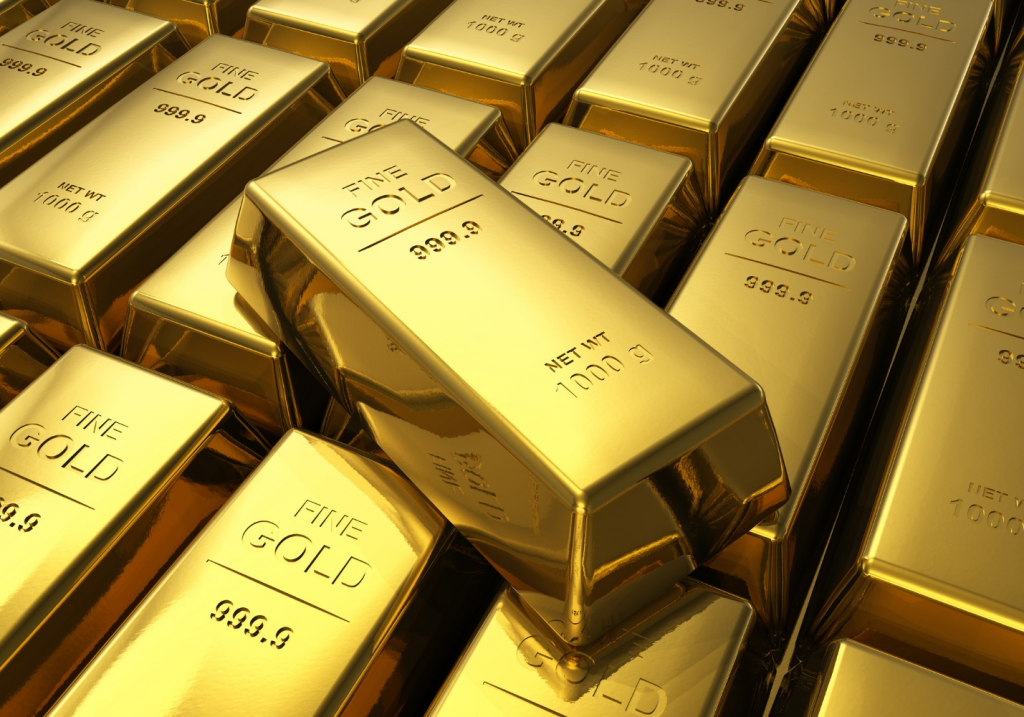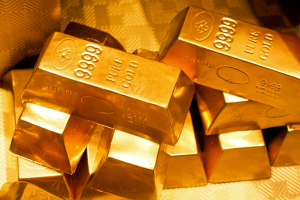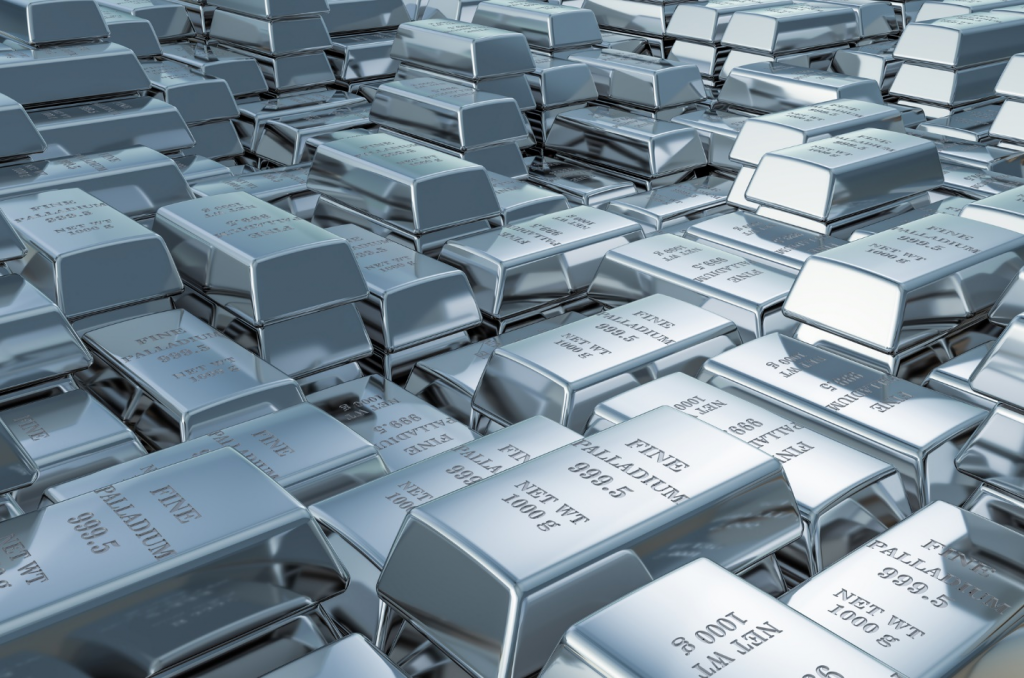Investing in precious metals can offer many benefits as part of your retirement plan, but how do you decide which one best fit you? Gold and palladium have become increasingly popular options for those looking to diversify their investment portfolio, which you can see more about when you click here.
Both are lauded for their durability, beautiful looks, and industrial uses. Knowing the differences between gold and palladium can aid investors in making wise decisions when investing in precious metals for their IRA. Below are some things that you need to know.
What are Palladium and Gold?
Gold and palladium are precious metals with unique characteristics, making them ideal investments. Both have been used as a form of currency throughout the years and have steadily gained popularity among investors looking to diversify their IRA portfolios and even just as purchasing power.
Gold is an attractive yellowish color and is extremely corrosion-resistant, making it valuable for industrial applications. The purest form of the metal is soft, dense, and orange yellow. Its malleability also allows for its use in jewelry, electrical applications, and more.
On the other hand, palladium has white or silvery color and a low melting point, making it perfect for catalytic converters in cars. In addition, many coins are made from an alloy of palladium and gold because it provides more durability. This is also popular for investors who want to diversify their portfolios.
Ultimately, comparing the two is difficult because they eventually provide different benefits to potential buyers. Those seeking safety could opt for gold because of its established value over time, while those interested in potentially greater returns may choose palladium due to its frequent spikes in demand, especially following the invasion of Russia into Ukraine.
Comparing the Two

As investors must determine which one best suits their needs, it is important to understand each metal’s physical properties. Palladium is a naturally occurring element that is relatively rare and used in computers, dentistry, photography, hydrogen purification, and electronics.
Meanwhile, gold is malleable, and a single gram can produce plenty of thin sheets that can easily cover a 1-meter area. It is also a conductor of heat and electricity and does not easily rust when exposed to heat, moisture, and heat.
Both have robust liquidity in major financial markets and have been proven great long-term investments if added as part of a diversified portfolio. Investing in either precious metal with an IRA can be prudent when considering investment success and long-term growth plans.
Comparing the Economic Value of Gold vs. Palladium
Comparing gold and palladium from an economic perspective requires an awareness of what they are used for or their purposes and where they came from. Gold is a much more abundant metal and has been used as a medium of exchange for thousands of years due to its beauty, durability, and malleability. In contrast, palladium is a rarer metal discovered only in 1803 by William Hyde Wollaston and is mainly used in cars and other technological applications.
Being an investor making decisions around IRA investing and precious metals means looking more closely at their values: Gold tends to have long-term investment gains because it is seen as a safe haven asset. At the same time, palladium’s price can fluctuate widely due to greater price volatility in commodities markets. Visit the site https://goldco.com/palladium-vs-gold-prices/ to see which one will work best for you.
Benefits that Investors Should Consider

As one of the top suppliers of palladium, Russia’s ongoing war with Ukraine can influence projections for this precious metal. With mining projects disrupted and a stagnant supply chain, prices may be artificially elevated, yet this could create steady demand in the long run since palladium is known to store wealth even when there are fluctuations in the S&P 500 index.
On the other hand, gold is considered insurance for investors as its value does not fluctuate with the economy. The metal has been used for thousands of years as both a currency and a store of value, and there are also emotional benefits. Investors feel secure in bullion due to its long-standing history and stability. You can also diversify your portfolio with an investment that will stand the test of time.
Choosing the Right Metal for your Investments
If you are considering adding palladium coins to your retirement account, take note: the IRS requires a purity level of no less than 0.9995%. An approved custodian will store these assets in an IRS-certified vault known for its safety and security regarding retirement vehicles. Make sure that your purchased bars are COMEX or NYMEX-approved as well! On the other hand, China Palladium Panda, Portugal Proof, Tonga King Taufa Ahau Tupou IV, and Switzerland Palladium coins cannot be added to SDIRAs, so choose wisely.
Allowed precious metals for gold should have 99.5% purity and should be accredited by manufacturers, assayers, and refiners certified by ISO 9000, LPPM, or a national government mint. They should be in excellent condition, have authenticity certificates, and have their original mint packaging intact. For smaller bars like the 100-ounce or 50-ounce ones, you should follow the exact weight specifications before shipping them to your chosen depository to avoid issues later.
Final Thoughts

Investing in precious metals like gold and palladium can greatly diversify an IRA or portfolio. Both have been used for years as a currency and a store of value, so investors with any experience know that these two metals are secure investments.
To ensure a secure financial plan, it is essential to understand the distinctions between both metals. Comprehending their significant differences such as production, current price, and demand from industrial areas, can aid investors in making sound investments. Studying accessible data will help them identify which metal garners the greatest returns that are most suited for their investment objectives.
Overall, both gold and palladium are excellent investments for those looking to diversify their retirement portfolios. It is important for investors to understand the underlying properties of these metals to make informed decisions about which one best suits their financial objectives.

